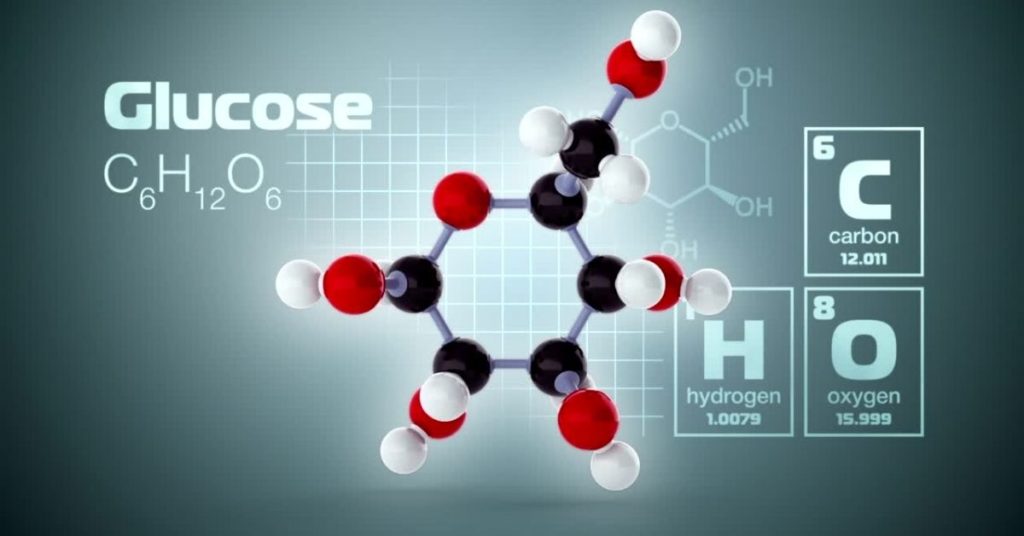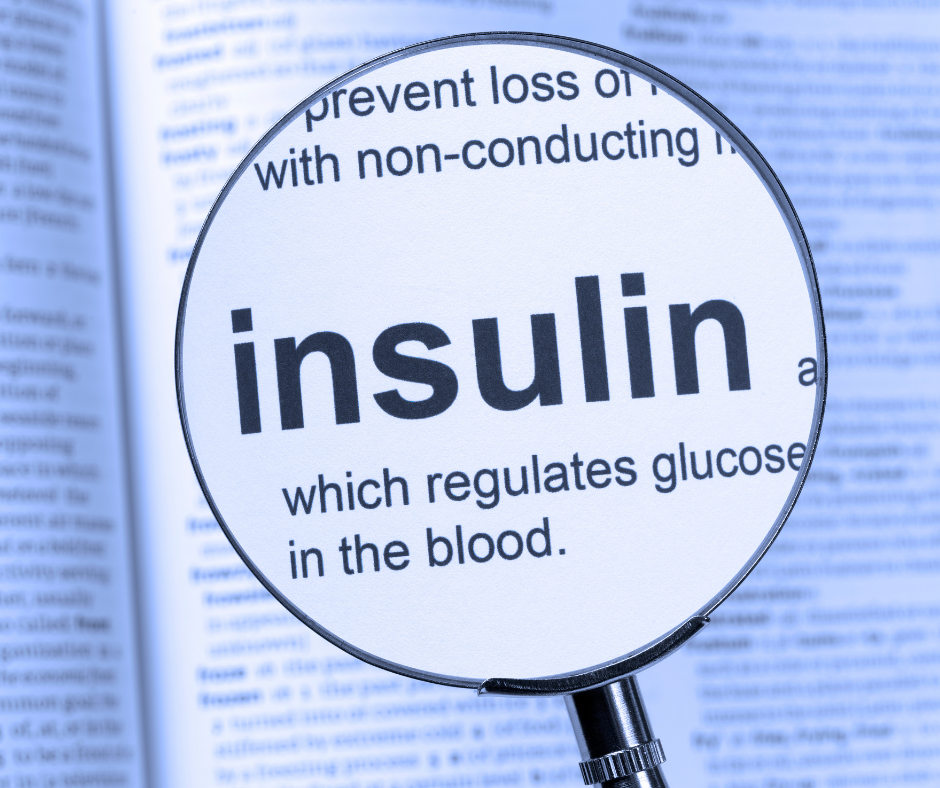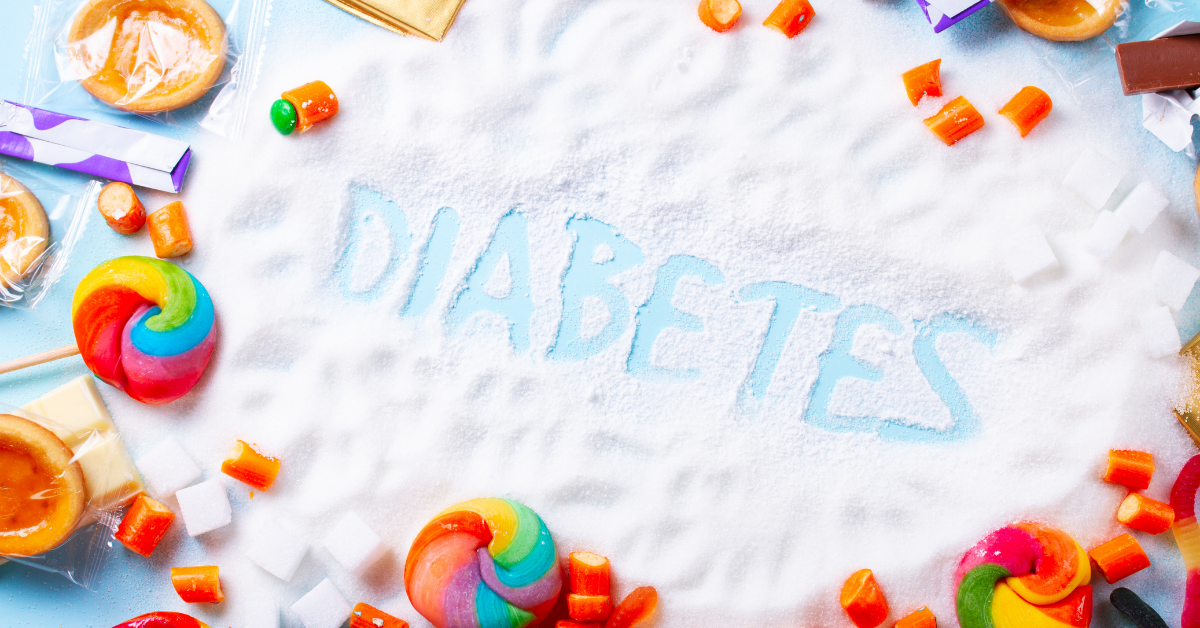When we think of diabetes, we easily also think of insulin. Insulin is a hormone produced by our body in the pancreas. This hormone regulates blood sugar. But many people do not know how Insulin works in our bodies. Controlling your blood glucose level is a very easy task for someone who knows the functions of the liver. So, let’s first look at how the hormone insulin works in our body.
Insulin
A special type of cells called beta-cells in the pancreas produces insulin. After food is digested in the stomach, it is pushed down into the intestines. The large constituents in those foods have now become tiny particles. During digestion, these tiny molecules become very simple molecules, such as glucose and fructose. This glucose now has to enter the bloodstream through the wall of the small intestine. Insulin is released from the pancreas into the bloodstream as the digested nutrients flow down the stomach.

Glucose Metabolism
Along with the glucose molecules, insulin molecules travel through the arteries. If you compare the heat of melting sugar with the heat of boiling water, you will be able to think for yourself about the energy contained within glucose molecules. Our cells burn glucose to obtain the required energy. Most of the nutrients in the food we eat daily are used to generate this energy.
When we take a vehicle for a trip, the first thing to check is whether there is enough fuel. A vehicle has a fuel storage tank to store the required fuel. We know how long it can last depending on the capacity of that tank. There are billions of such tanks in our bodies. These are the muscle cells and red blood cells. Each of these cells is a fuel reservoir. In addition to these cells, glucose is stored in the liver. Glucose molecules that are drawn into the bloodstream are constantly stored inside our cells. As a result, the body can maintain a healthy blood glucose level of about 100 particles per deciliter. Our body is strong enough to balance and maintain this glucose level in the blood vessels.

In order for the absorbed glucose to enter the cell, a special door in the membrane must be opened. It requires special assistance for this door to be opened. Insulin is the hormone that plays this special role. The key to the door we mentioned above is insulin. As soon as insulin binds to the cell, the door opens to allow glucose molecules to enter.
Storing such a high energy source inside the cell is like putting a lot of hyperactive kids in a room without an adult. They will be very difficult to tame. Cells have the same problem. These glucose molecules that enter the cell are bound together. The bound glucose chains are called glycogen. When glucose is needed again, the stored glycogen can be broken down to generate energy.
Type I & Type II Diabetes
About 10 to 20 percent of diabetics do not produce the insulin mentioned above. This condition is called Type 1 Diabetes. About 80 percent are unable to ingest glucose. This condition is known as Type 2 Diabetes and also sometimes develops during pregnancy due to hormonal changes in the body. It is a temporary form of diabetes.
Supposing you also have some knowledge about insulin-producing carcinogens, if you look at the per capita sugar consumption of the world’s population over the past 50 years, that number has grown by 150 percent in the last 50 years. The percentage of people who have developed diabetes is similar.
The Common Misconception
Sugar is an indispensable substance in the animal kingdom. The energy source of all animal cells is sugar. It can be any type of sugar such as glucose or fructose. Sugar is the fuel our body needs, so we can’t live without sugar. Sugar makes up the molecules in our body. So, sugar can be mentioned as an essential element of our body. But today diabetics think sugar is the killer. Who caused this unfortunate fate for diabetics? Read the paragraph below to find out.

We now know that diabetes is an increase or decrease in the amount of glucose in the blood. The main reason for the increase in blood glucose levels in patients with type 2 diabetes is that insulin stimulates the mucous membranes but does not open the gates for glucose to enter. Glucose should no longer be present in the bloodstream, but it has refused to enter the cell. As a result, the blood glucose level rises, and the pancreas produces more and more insulin. This is a very dangerous condition because when blood insulin levels are high, the liver releases even more glucose into the blood!
When there are excess amounts of insulin and glucose in the blood, the cell membranes weaken due to the excessive pressure exerted by the piling insulin molecules. Due to this, the cells lose integrity and die.
The Cerebral Cortex
The most valuable organ in our body, the cerebral cortex, is located in the upper part of the body. When a diabetic has too much insulin in his blood, the brain pushes this insulin to the lower parts of the body to try and minimize the damage to the patient (avoid more crucial upper body organs damage). This can lead to leg injuries in diabetics. These injuries are not due to bacteria but due to a side effect of the insulin issue. This is why many diabetics end up with amputated legs.
In fact, the biggest danger to you is not the blood sugar but the insulin in the blood. You are very careful about your blood sugar level, but you do not care much about the insulin in your blood. We have also seen people inject themselves with insulin.
If you feel drowsy soon after you eat carbohydrates or sugary meals, it is a sign that your blood insulin level is high. Also, if you wake up about three hours after going to bed at night and do not go back to sleep, it is another indication that your blood insulin level is high. If you have these symptoms, you should be more concerned about your diabetes.
The Current Worldly Situation
Patients spend $ 18 billion a year on injectable insulin for diabetics. Patients with type 2 diabetes do not need insulin injections. Therefore, this cost should be borne by people with type 1 diabetes. (Patients with type 2 diabetes now also receive insulin injections.)
About 10 percent of the world’s 382 million diabetics have type 1 diabetes. Thus, the number of patients with type 1 diabetes is around 38 million. Take a look at the data below. You too may be one of these numbers. Some people are waiting for you to get sick while earning $ 548 billion from diabetics who are currently under medication. It is unfortunate that you are currently doing nothing but hanging onto their bait. Therefore, you will have to make a great effort to get out of this situation. I would like to point out that it is not an easy task either.
Statistics
- Globally, 382 million people (8.3% of the adult population) had diabetes in 2013.
- Of these, 175 million (46%) were undiagnosed.
- Diabetes was responsible for 11% of the total global adult health expenditure (USD $548 billion) and 5.1 million deaths.
- 17% percent of all live births were associated with hyperglycemia in pregnancy.
- 80% of people with diabetes live in low- and middle-income countries.
- 592 million people (10% of adults) will have diabetes by 2035.
Consider the facts listed above. If you are suffering from diabetes now and are currently spending millions just to treat your symptoms, I hope after reading this article all the way to the end, you gained a glimpse of the truth behind the deadly ‘DIABETES’. There are ways to overcome the confusion that your body is going through with this glucose-insulin mania.
Share this article with others and help them understand this critically misunderstood issue. You may never know, whoever sent you this might have just saved your life.

